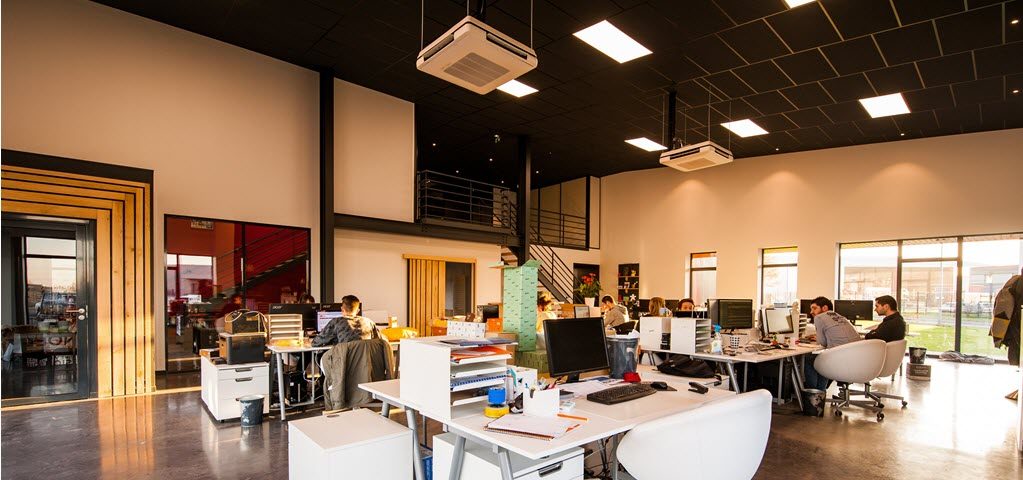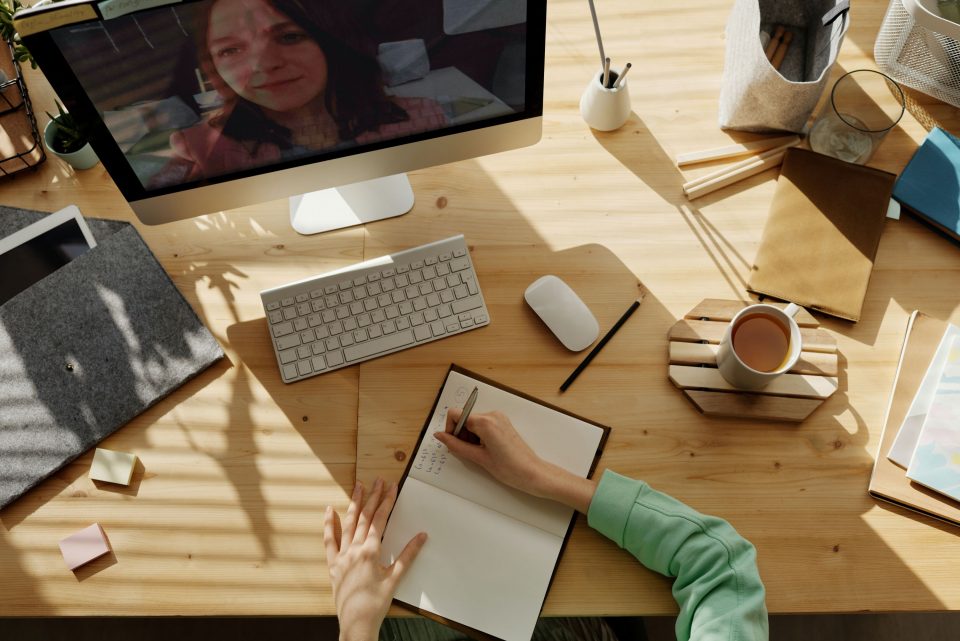5 Best Productivity Trends to Boost Your Performance in 2019

10 Famous Journal Keepers to Inspire Your Own Journaling
December 6, 2018
5 Paper Trends to Look Forward to in 2019
December 13, 2018
Productivity levels are at an all-time low. Despite all the new workplace technologies designed to help us work smarter and faster, productivity rates remain stubbornly stuck in the doldrums.
Yet organizations can’t avoid digitalization. The commercial world is too full of the tales of once-high-sailing casualties brought low because they failed to spot the disrupting impact of an innovator in their industry.
So how can organizations prioritize the productivity trends to power performance and productivity in 2019?
1# Embrace the changing job market
Millennials have very different priorities when it comes to what they look for in work. A happy workforce is a productive workforce, so employers need to understand, accommodate and even embrace these differing expectations and desires if they are going to get the most out of their people. This has implications for talent acquisition messaging, workplace design and organization, as well as giving rise to initiatives like “bleisure travel ” – the blending of business trips with time for leisure activities.
2# Invest in skills
Knowing that your employer thinks you’re worth investing in is another powerful motivating force. And since the McKinsey Future of Work report predicted 375 million workers are likely to need to retrain, it makes good sense for businesses too. Investing in people helps to improve performance and retention as well as reduce recruitment costs. Digital skills are a priority, but soft skills need developing too.
3# Ditch the digital – just for a while
Taking regular breaks from your digital devices can be a huge boost to productivity. Turning off all distractions and thinking offline can help to stimulate creativity and innovation as well as offering a much-needed respite from digital overload. A return to analog productivity tools – such as the bullet journal – reflect this growing need to dial down the digital distractions.
4# Reengineering the office space
Office environments have changed enormously over recent decades to reflect the changing nature of our work and the changing way we work. Creating an environment that encourages collaboration and more accurately reflects what we need from our office spaces inevitably helps with productivity. Trends for 2019 suggest a continuation of the less formal approach to the working environment, with sofas taking the place of office chairs and desks.
Meanwhile, office design company Ambius is predicting experience-driven spaces, green walls, biophilic design, and free-range cohabitation spaces to predominate in 2019. It argues innovations that help boost employee morale and wellness also boost creativity enhancement and help to attract and retain top talent.
5# Reduce the time spent at work
Rather than investing in yoga spaces and climbing walls, however, another rival trend suggests the opposite approach: the best way to boost productivity, it argues, is to spend less time at work.
Writing in the Financial Times, Yvonne Hilst says, “The statistics show that there is some truth to this hopeful picture. Germany, with the fewest hours per worker per year (1,356) in the OECD, produces $60.40 of GDP per worker-hour. The UK worker’s 1,681 annual hours each produce a mere $48.30, making him or her slightly poorer than their German counterpart. Another way of looking at it is the often-quoted fact that a German or French worker could (in theory, and on average) go home for the week some time on Thursday afternoon and still produce as much as a Briton who kept working on through Friday.”




